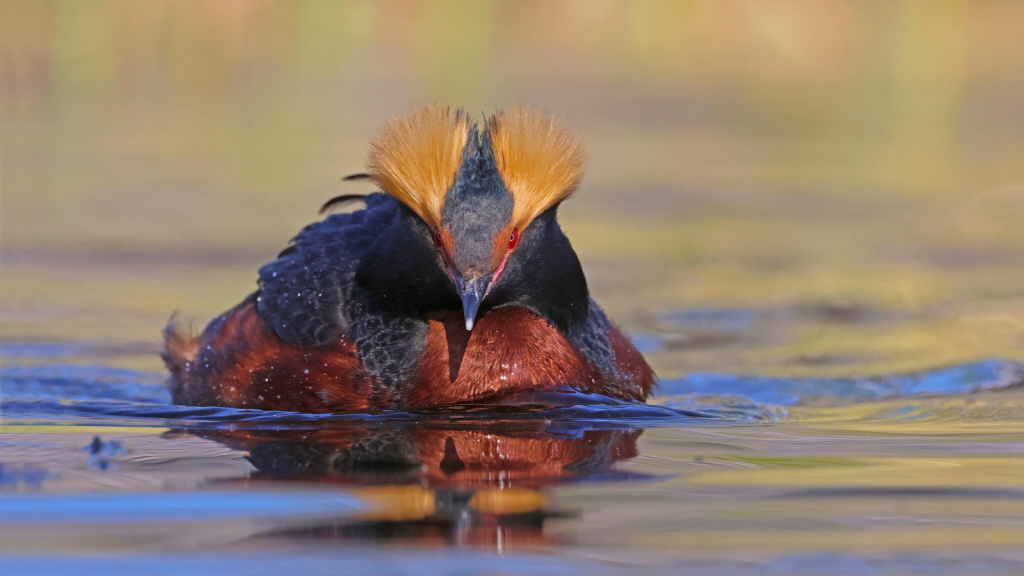The rugged landscapes of the Scottish Highlands are home to some of Britain’s most elusive avian treasures. These windswept mountains and misty glens harbour birds that few have the privilege to spot in the wild. From the haunting call of the capercaillie to the silent swoop of the golden eagle, these feathered rarities add magic to Scotland’s untamed north. Whether you’re a seasoned twitcher or simply love a good nature ramble, keep your eyes peeled for these ten remarkable Highland birds on your next Scottish adventure.
Golden Eagle
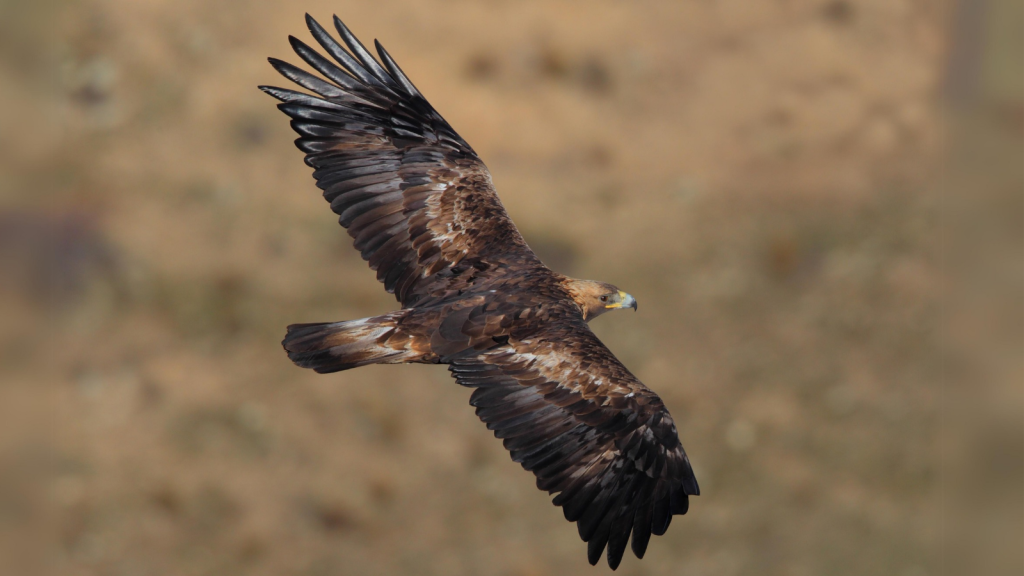
The majestic golden eagle reigns supreme over the Highland skies. With a wingspan reaching up to 2.3 metres, these powerful raptors soar effortlessly above the peaks and glens. They build massive eyries on rocky ledges and feast on mountain hares and grouse. Despite their size, golden eagles are masters of camouflage, often spotted only by the keenest observers. These birds mate for life and can live up to 30 years in the wild, ruling their vast territories for decades.
Capercaillie
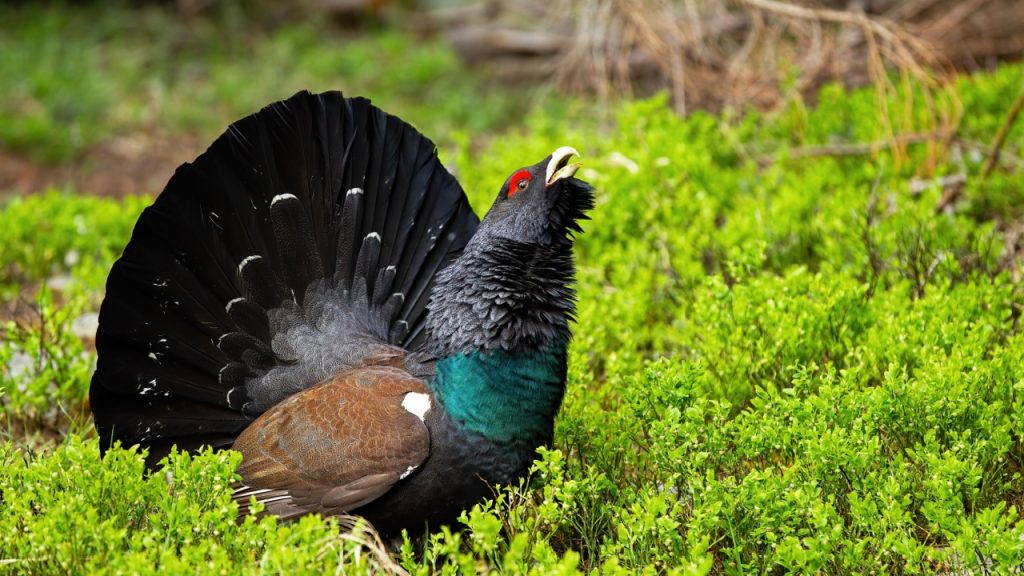
The capercaillie, or ‘horse of the woods’, is the largest member of the grouse family. Males are known for their elaborate courtship displays, fanning their tails and making bizarre clicking sounds. These woodland birds are incredibly shy and their numbers have dwindled alarmingly in recent years, making a sighting a true Highland privilege. Capercaillies rely heavily on ancient Caledonian pine forests, and their decline is closely linked to habitat loss and fragmentation.
Scottish Crossbill
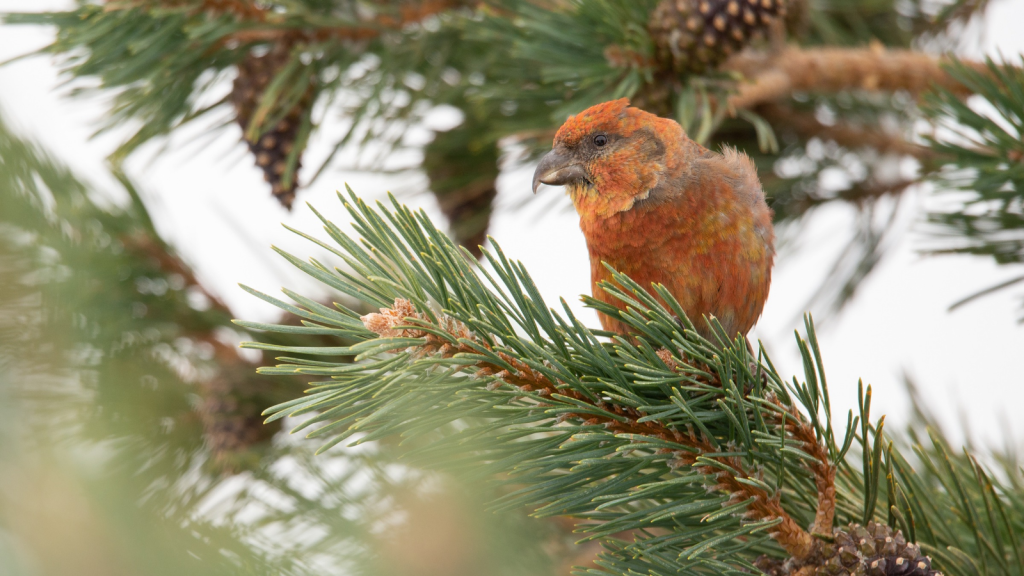
The Scottish crossbill holds the distinction of being Britain’s only endemic bird species. These finches are perfectly adapted to feed on pine cones, using their crossed bill tips to pry open the scales. They’re found exclusively in the ancient Caledonian pine forests of the Highlands, making them a true Scottish speciality. Interestingly, the shape of their bills can vary depending on the type of pine cones available in their specific habitat.
Ptarmigan
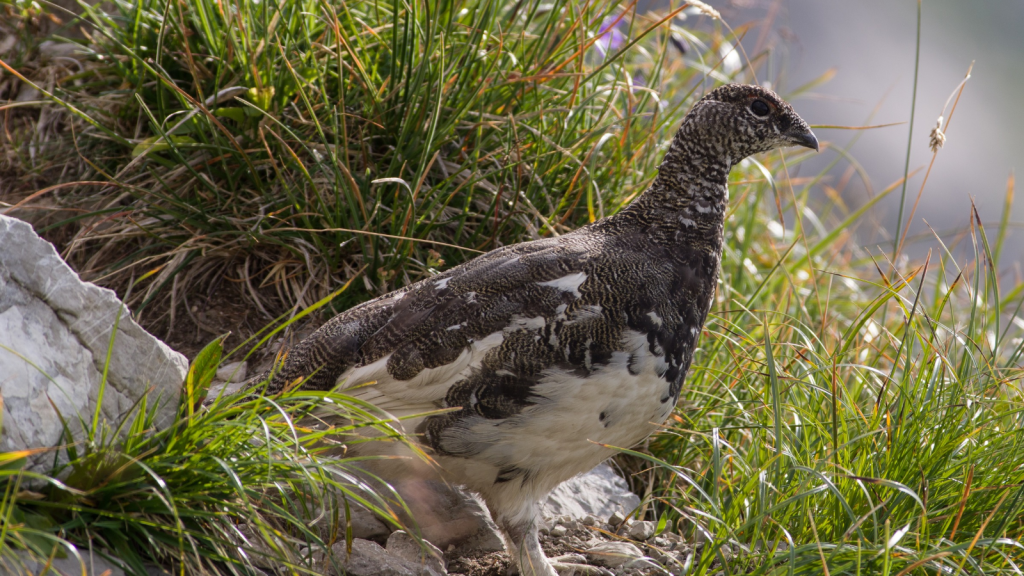
The ptarmigan is a master of disguise, changing its plumage from mottled grey in summer to pure white in winter. These plump, grouse-like birds inhabit the highest reaches of the Cairngorms and other Highland mountains. Ptarmigans are remarkably tame and will often allow careful observers to approach quite closely. Their feathered feet act like snowshoes, helping them walk on top of snow and dig burrows for warmth during harsh mountain winters.
White-Tailed Eagle
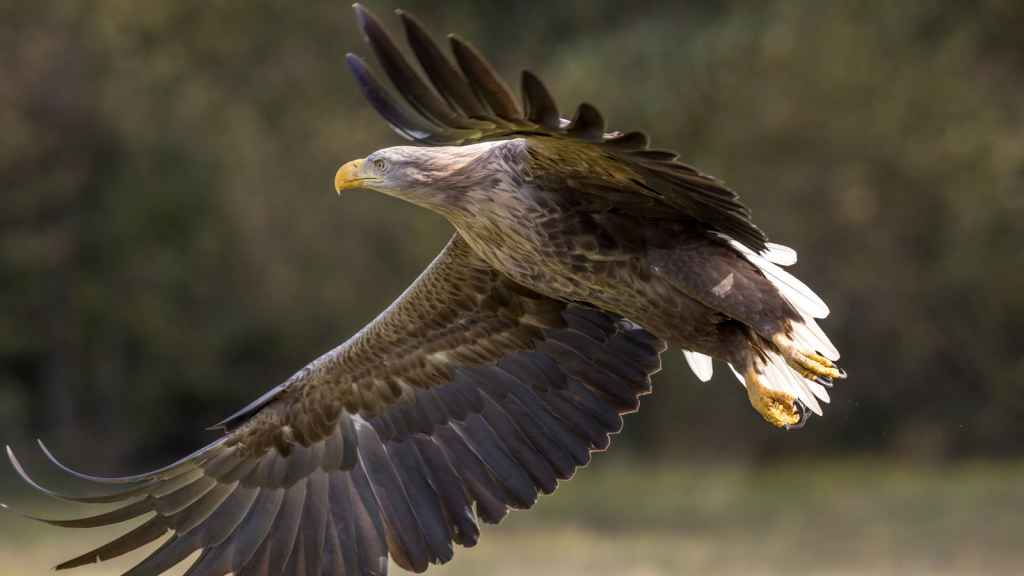
Also known as the sea eagle, this enormous raptor has been successfully reintroduced to Scotland after centuries of absence. With a wingspan even greater than the golden eagle’s, these magnificent birds are a breathtaking sight as they patrol coastal areas and inland lochs. Their distinctive wedge-shaped tail makes them easy to identify in flight. White-tailed eagles are opportunistic feeders, known to snatch fish from the water’s surface and even prey on other seabirds.
Crested Tit
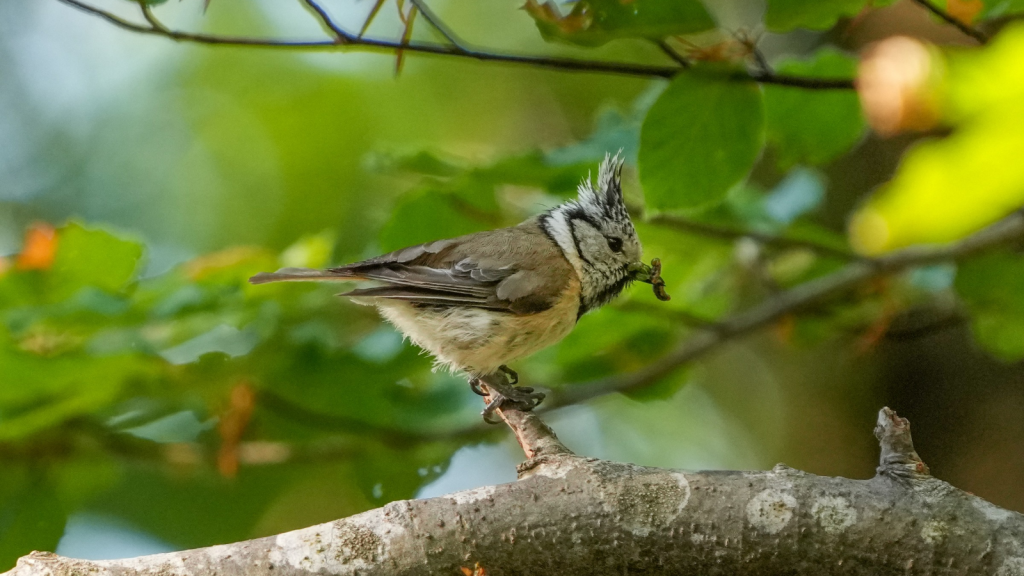
The charming crested tit is a tiny bird with a big personality. Its distinctive mohawk-like crest makes it stand out among its woodland companions. Found almost exclusively in the ancient pinewoods of the Highlands, these acrobatic little birds are a delight to watch as they flit among the branches in search of insects and seeds. Crested tits are non-migratory and form small flocks with other tit species during winter to improve their foraging success.
Black-Throated Diver
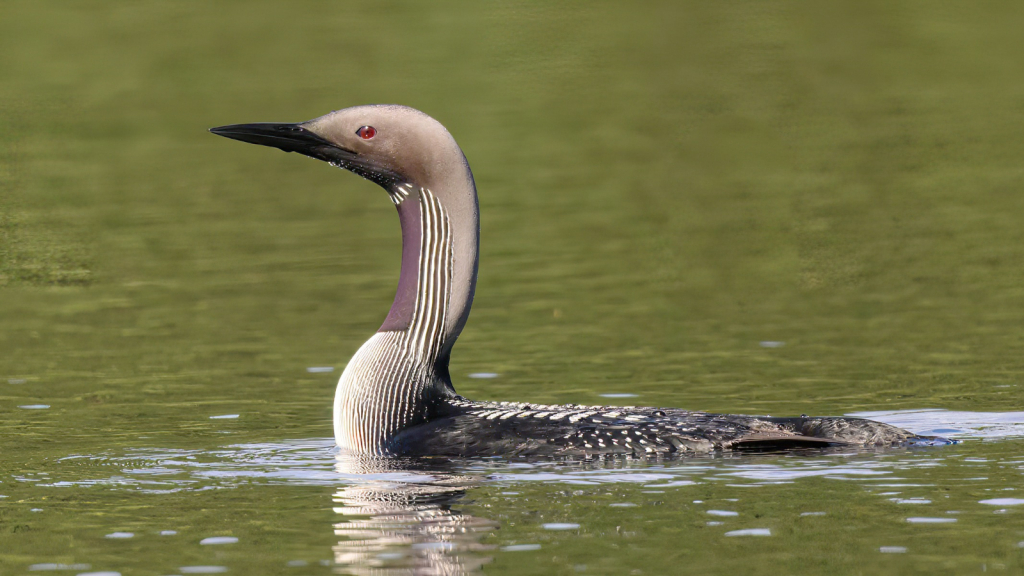
The hauntingly beautiful call of the black-throated diver echoes across Highland lochs during the breeding season. These striking waterbirds sport a checkerboard pattern on their back and a distinctive black throat in summer. They’re incredibly awkward on land but poetry in motion when diving for fish in clear mountain waters. Black-throated divers are fiercely territorial during breeding season and will perform elaborate displays to defend their nesting sites.
Dotterel
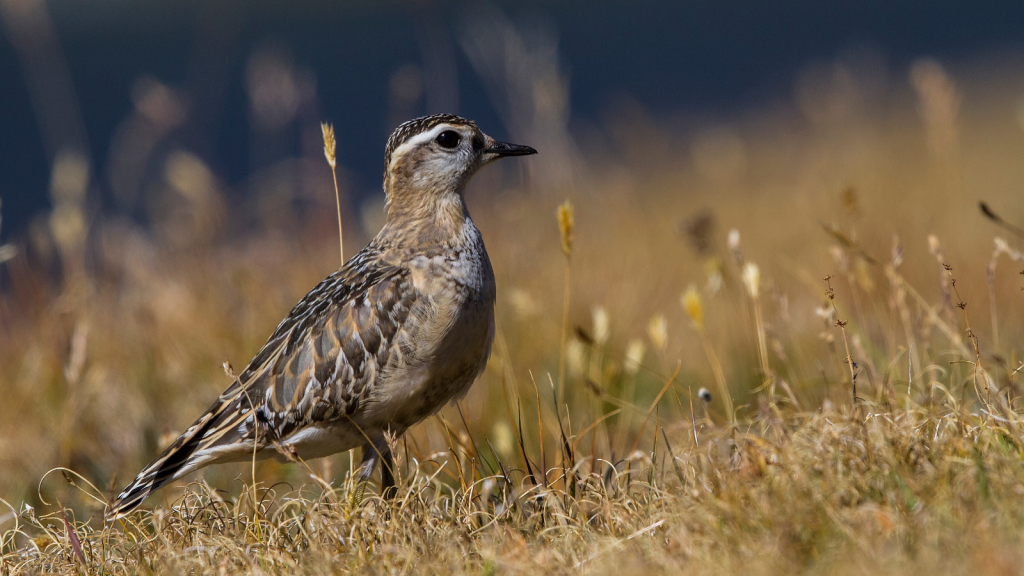
The delightful dotterel is a rare sight indeed, nesting only on the highest mountain plateaus of the Cairngorms. These small wading birds are known for their ‘tame’ nature and reversed sex roles – the females are more brightly coloured and leave the males to incubate the eggs and care for the chicks. Dotterels are long-distance migrants, spending their winters in North Africa and the Middle East before returning to Scotland each spring.
Slavonian Grebe
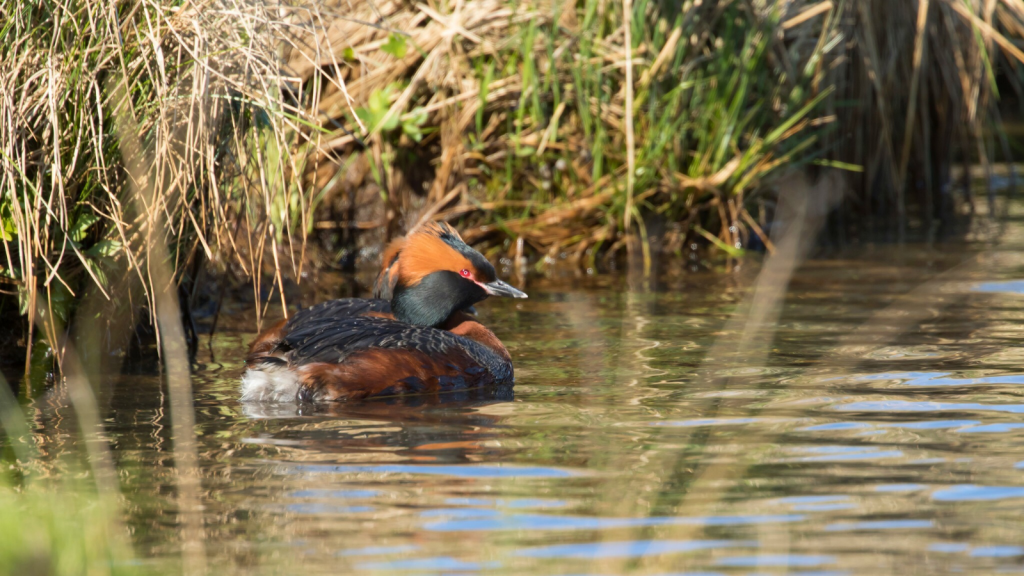
The Slavonian grebe brings a touch of exotic glamour to Highland lochs. In breeding plumage, these small waterbirds sport golden ‘ear tufts’ and fiery red eyes. They build floating nests anchored to reeds and are excellent divers, often staying underwater for up to a minute while hunting small fish. Slavonian grebes perform elaborate courtship rituals, including synchronised head-shaking and weed-presenting displays.
Red-Throated Diver
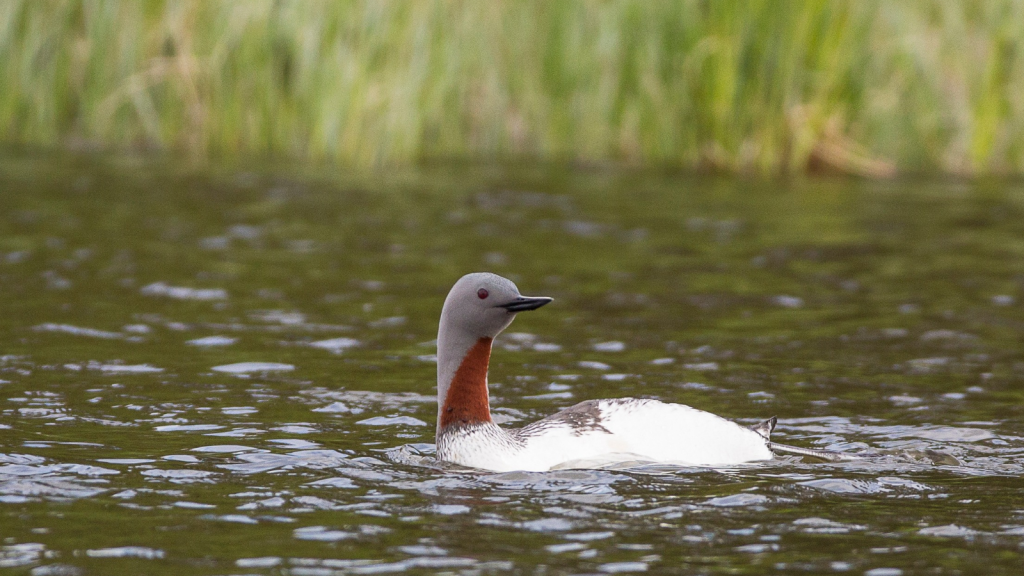
Smaller and more slender than its black-throated cousin, the red-throated diver is a summer visitor to Highland lochs and pools. These graceful birds sport a distinctive red throat patch during the breeding season. Their eerie, wailing calls have earned them the nickname ‘rain goose’ in some parts of Scotland. Unlike other divers, red-throated divers can take off directly from water, making them more adaptable to smaller bodies of water for nesting.
Becky is a fervent wildlife enthusiast and pet care expert with a diploma in canine nutrition. Her love for animals stretches beyond the domestic, embracing the wild tapestry of global fauna. With over a decade of experience in animal welfare, Becky lends her expertise to OutlandishOwl through insightful articles, captivating wildlife information, and invaluable guidance on pet nutrition. Her work embodies a deep commitment to understanding the intricate lives of animals and a passion for educating others on sustaining natural habitats. Becky's hands-on conservation efforts and her knack for translating complex dietary science into practical pet feeding tips make her an indispensable voice for creatures great and small.

